Every welder should know what is a powder form flux and what is it made of. A welding chemical known as "weld flux" keeps the weld from reacting with the environment around it. This keeps the weld from failing (like air). Because the base material and the filler material can interact with the surrounding air, this can lead to the creation of oxides and other undesirable compounds, which is the primary reason why it is so crucial. During the welding process, both the base metal and the filler go through substantial shifts in temperature in a relatively short period of time. There is a possibility that the heated metal will interact with the air around it, which will lead to oxidation. This will result in the formation of an oxide layer on the weld, which will weaken the weld. In addition, the presence of oxygen is not the only factor that can result in infective welds; the production of sulfides and nitrides can also be detrimental to the strength of the weld. In the process of welding, flux is not applied as a standalone product. They are nearly never absent from the scene when the electrode is there. A coating of flux with a thickness of one to three millimeters is applied to the electrode. Some electrodes have a hollow cavity inside of them when the flux is used in. In this instance, the electrode is positioned such that it covers the flux. 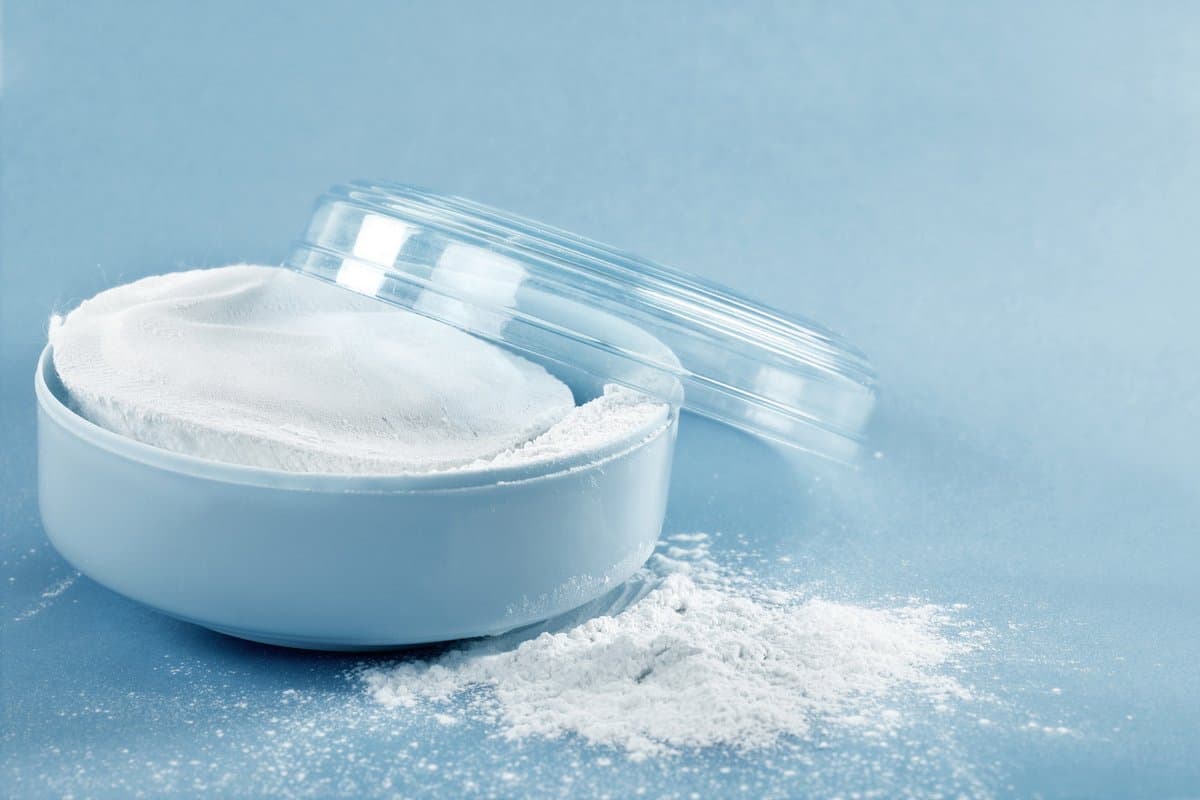 In the world of arc welding, flux-cored electrodes can be broken down into four distinct categories, each of which is determined by the characteristics they exhibit.
In the world of arc welding, flux-cored electrodes can be broken down into four distinct categories, each of which is determined by the characteristics they exhibit.
- Rutile electrode
Rutile electrode coating is created from titanium oxide. They provide the welder with exceptional arc control and slag control, respectively. Because of these characteristics, rutile electrode coating is commonly regarded as the form of flux that is friendliest to welders. The number of fumes that are normally produced by the electrode is likewise rather modest when it comes to the Rutile electrode. When welding out-of-position welds, the use of rutile electrode flux is the method that is recommended.
- Basic flux
The components that go into making basic flux are calcium carbonate, magnesium carbonate, calcium fluoride, and a few additional molecules that act as shields. One of the advantages of adopting basic flux is that it leads to the production of materials with superior mechanical characteristics and reduced levels of hydrogen diffusion. When it comes to high-strength steels, basic flux is the most popular choice. On the other hand, basic flux is far less lenient when it comes to operational stability and welds that are not in the correct position. 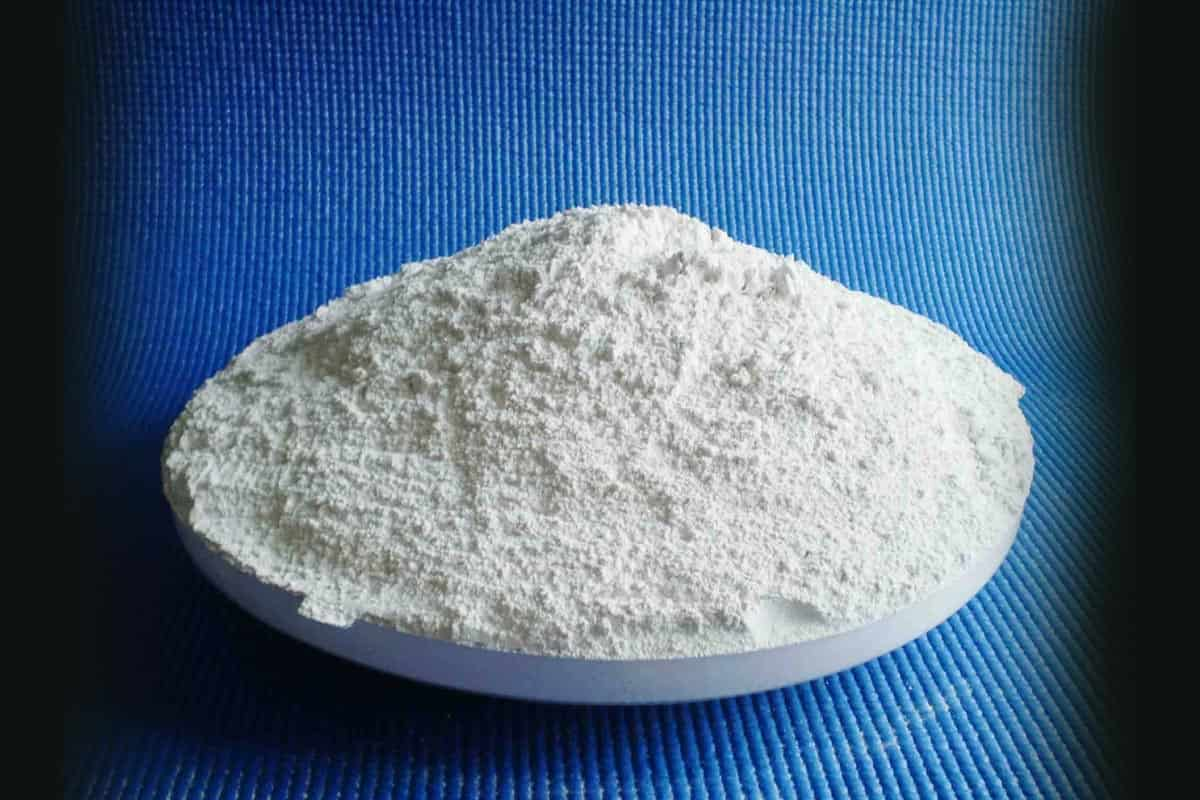 When the fundamental flux is employed, the arc is likewise less predictable. [Case in point:]
When the fundamental flux is employed, the arc is likewise less predictable. [Case in point:]
- Cellulose electrode covering
A combination of cellulose and many other organic compounds is utilized in the production of cellulose electrode coating. In the process of welding, high temperatures cause cellulose to disintegrate, which results in the production of carbon monoxide and hydrogen. The release of these two gases provides protection for the weld against the surrounding atmosphere. In addition to this, they offer significantly improved penetration in welds. However, because of the rapid rate of hydrogen creation, it is possible that the process cannot be used to weld metals that have the features of hydrogen inclusion.
- A covering of iron oxide
The coating of iron oxide is a combination of various metallic oxides, including those of iron, manganese, and silica. As soon as they are subjected to heat, molten acidic slag is produced by them. The iron oxide coating is not suited for welding metals that easily suffer oxygen inclusion as a result of the strong oxygen generation that it produces. The addition of deoxidizing chemicals together with the welding core is one method that can be utilized to prevent oxidation of the weld. 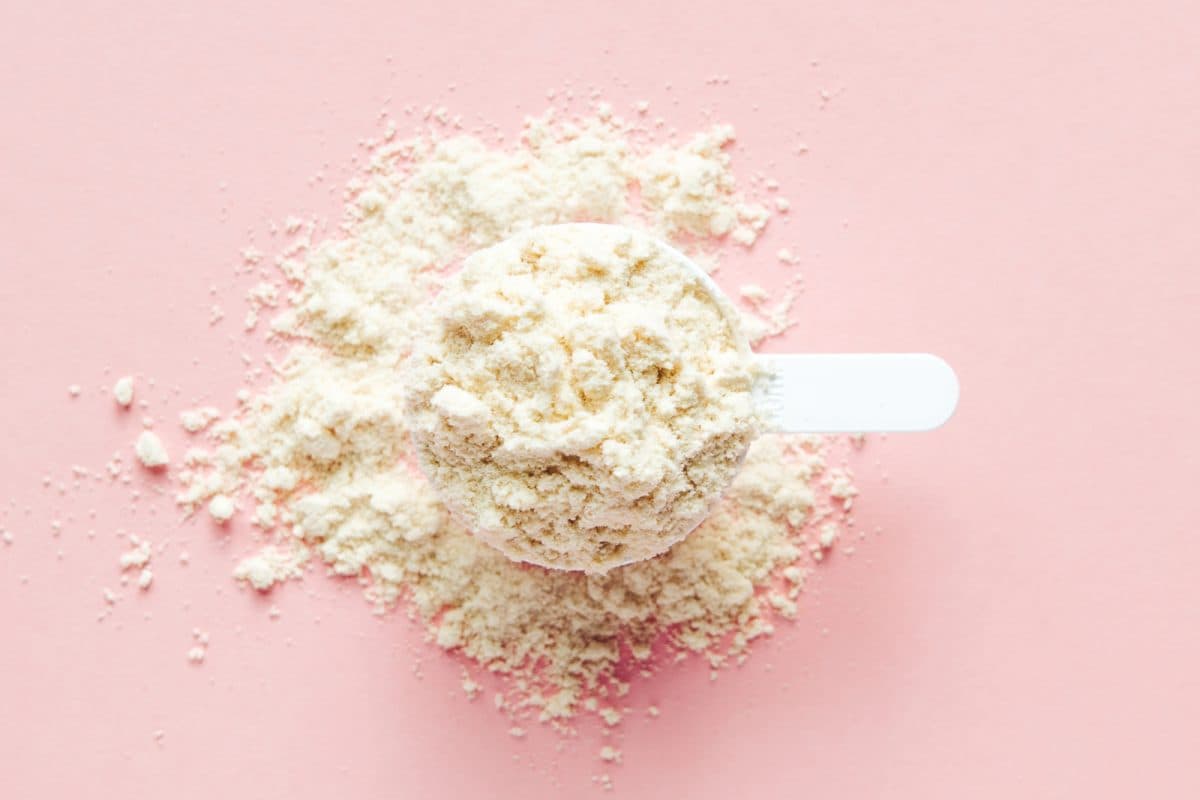 The distinction between welding with MIG and welding with flux-cored wire MIG welding, also known as welding with metal inert gas, is a type of welding in which the electrode is supplied into the weld using a welding gun known as an electrode feed gun. When contrasted with flux welding, MIG welding does not require a flux coated electrode since it makes use of shield gas to protect the weld pool from interference from the surrounding environment. However, these distinctions do not stop there. Cost In general, the cost of MIG welding equipment is more than the cost of an arc welding setup. Because of this, the starting capital required for MIG welding is more than that required for arc welding. Portability When compared to MIG, the flux-cored arc welding equipment is much simpler and less cumbersome to move. Because the weld does not require any kind of mechanism to provide it with a jet of air, there are fewer components that need to be moved about. Ease of operation A novice will have a much simpler time starting off with MIG welding as opposed to flux welding. The fact that the welder needs to take care of only one component at a time contributes to the simplicity of its operation. Welders typically need to have a higher level of ability to do flux welding.
The distinction between welding with MIG and welding with flux-cored wire MIG welding, also known as welding with metal inert gas, is a type of welding in which the electrode is supplied into the weld using a welding gun known as an electrode feed gun. When contrasted with flux welding, MIG welding does not require a flux coated electrode since it makes use of shield gas to protect the weld pool from interference from the surrounding environment. However, these distinctions do not stop there. Cost In general, the cost of MIG welding equipment is more than the cost of an arc welding setup. Because of this, the starting capital required for MIG welding is more than that required for arc welding. Portability When compared to MIG, the flux-cored arc welding equipment is much simpler and less cumbersome to move. Because the weld does not require any kind of mechanism to provide it with a jet of air, there are fewer components that need to be moved about. Ease of operation A novice will have a much simpler time starting off with MIG welding as opposed to flux welding. The fact that the welder needs to take care of only one component at a time contributes to the simplicity of its operation. Welders typically need to have a higher level of ability to do flux welding.  Welding with MIG cannot be done outside due to the fact that environmental conditions such as wind and rain can drastically weaken the weld. Because of this, their application is almost exclusively restricted to indoor settings. The process of flux welding does not have these restrictions. Even when conditions are less than ideal, they continue to function normally. Measurement of metal's thickness Welding metals of thin to medium thickness can be accomplished effectively with MIG welding. Because of its capacity for deep penetration, flux welding is a useful method for joining thicker metals. Because of its low cost and nonreactive chemical properties, argon is one of the most widely utilized MIG shielding gases in the manufacturing industry. Flux is an essential component in arc welding, and the type of flux that is used has a significant bearing on the overall quality of the weld that is produced. Welders are required to go through extensive training in order to become familiar with the various weld procedures and the components that are utilized for each method of welding. It's possible that flux core welding is one of the arc welding techniques that's been around the longest. Nevertheless, it is one of the methods of combining metals that are considered to be the most reliable and widespread.
Welding with MIG cannot be done outside due to the fact that environmental conditions such as wind and rain can drastically weaken the weld. Because of this, their application is almost exclusively restricted to indoor settings. The process of flux welding does not have these restrictions. Even when conditions are less than ideal, they continue to function normally. Measurement of metal's thickness Welding metals of thin to medium thickness can be accomplished effectively with MIG welding. Because of its capacity for deep penetration, flux welding is a useful method for joining thicker metals. Because of its low cost and nonreactive chemical properties, argon is one of the most widely utilized MIG shielding gases in the manufacturing industry. Flux is an essential component in arc welding, and the type of flux that is used has a significant bearing on the overall quality of the weld that is produced. Welders are required to go through extensive training in order to become familiar with the various weld procedures and the components that are utilized for each method of welding. It's possible that flux core welding is one of the arc welding techniques that's been around the longest. Nevertheless, it is one of the methods of combining metals that are considered to be the most reliable and widespread. 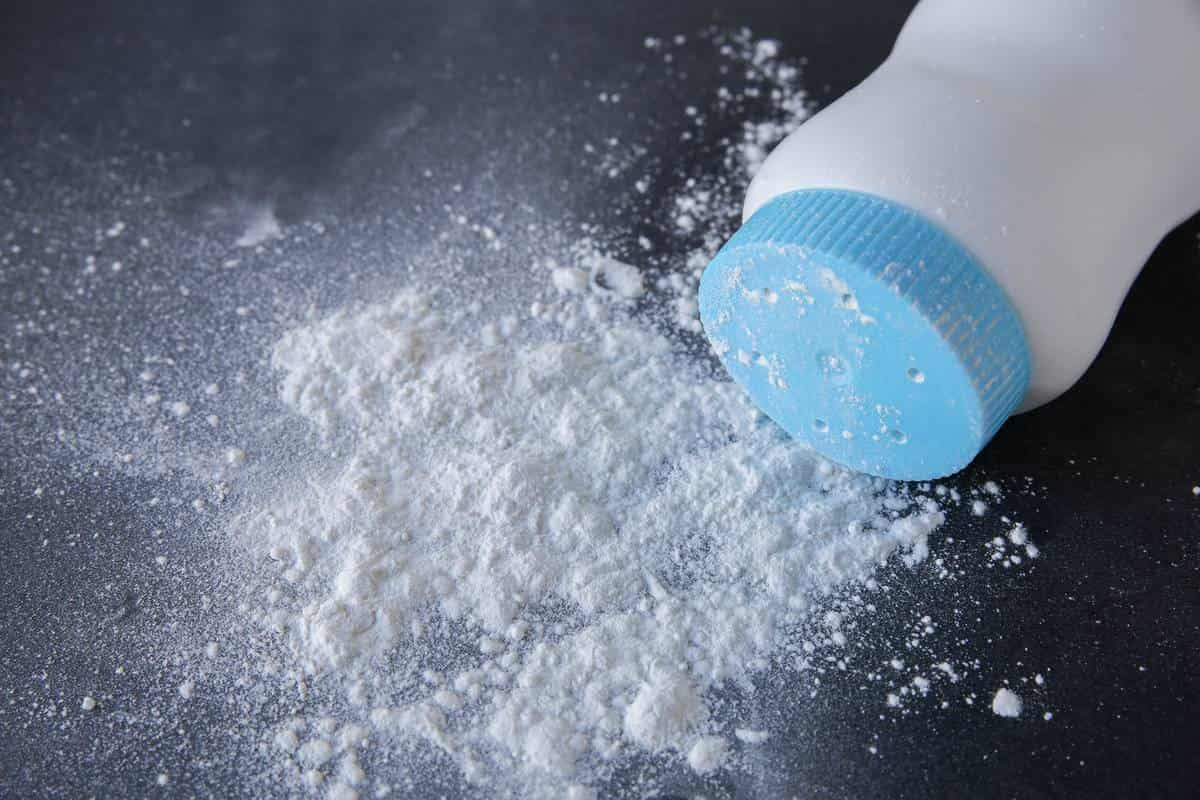
What is powder flux
It is very important for any welder to know what a powder form of flux in welding is. Fluxes are produced using a variety of organic and inorganic components, including but not limited to ammonium chloride, resin acids, zinc chloride, borax, and hydrochloric acid, among others. However, many fluxes also contain powdered alloyed metals to assist welds in acquiring specific mechanical properties such as hardness, tensile strength, and so on. Typically, flux has two purposes: first, it dissolves the oxides that are already present on the metal surface, which makes it easier for the liquid metal to wet the surface; second, it acts as an oxygen barrier by coating the heated surface and preventing the surface from oxidizing. Flux is a mixture of various minerals, chemicals, and alloying materials that primarily protect the molten weld metal from contamination by oxygen and nitrogen, and other contaminants in the atmosphere. The addition of certain chemicals and alloys also helps to control arc stability and mechanical properties. Flux is used in the following arc welding processes Shielded Metal Arc Welding (SMAW), Flux Cored Arc Welding (FCAW), and Submerged Arc Welding (SAW). Let’s look at these welding processes and how flux is added and used in shielding the welding zone and in alloying. 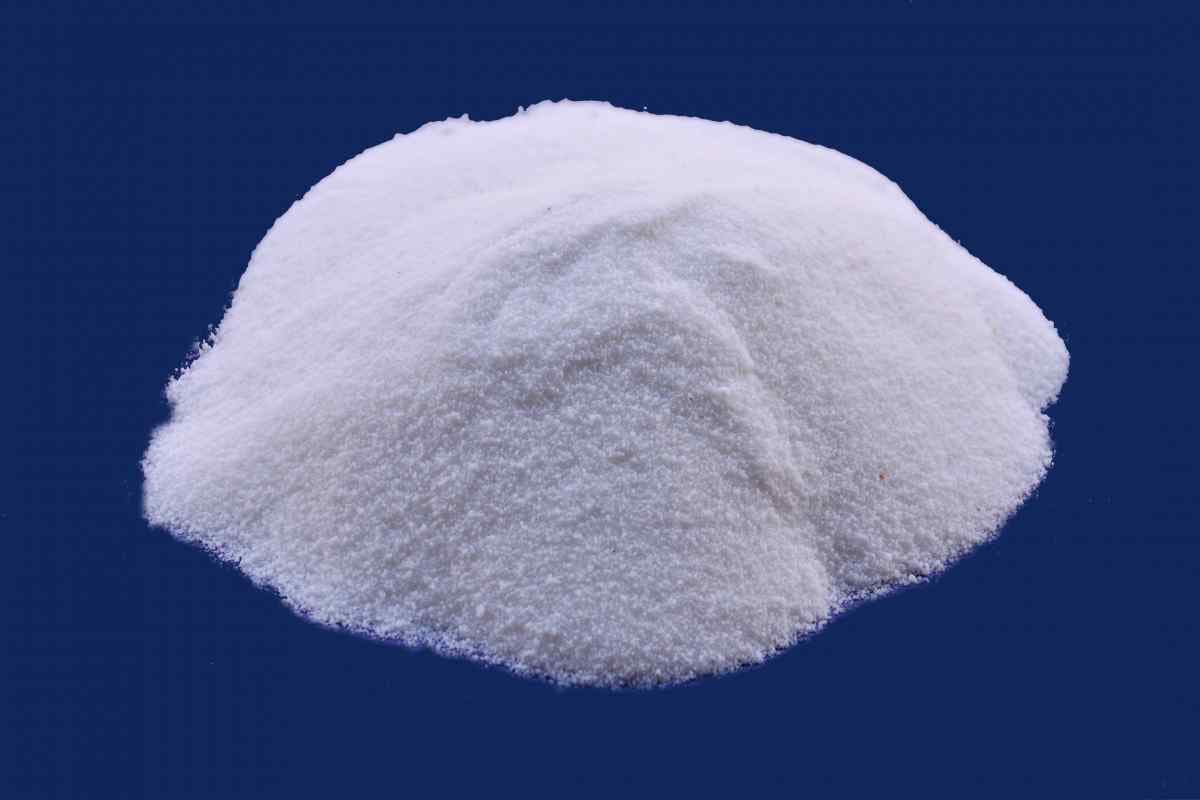 Shielded Metal Arc Welding (SMAW) uses a solid core wire for the electrode material. To add the flux to the bare electrode we mix all the ingredients such as sodium and potassium silicate to the dry mix of materials and alloys to create a binder that is then added to the bare electrode by extrusion to make the SMAW coated electrode The main function of the flux coating is to protect the molten metal from contamination from the atmosphere by forming a shielding gas and slag to cover the molten metal. Other functions of the flux are to:
Shielded Metal Arc Welding (SMAW) uses a solid core wire for the electrode material. To add the flux to the bare electrode we mix all the ingredients such as sodium and potassium silicate to the dry mix of materials and alloys to create a binder that is then added to the bare electrode by extrusion to make the SMAW coated electrode The main function of the flux coating is to protect the molten metal from contamination from the atmosphere by forming a shielding gas and slag to cover the molten metal. Other functions of the flux are to:
- Ease of arc striking assist, arc stability, and ionization
- Control of bead shape
- Influence Penetration
- Add alloying elements to the weld
- Control the hydrogen to reduce the chance of induced cold cracking
- Aid in slag removal
- Control mechanical properties of the weld
In principle, there are three different categories of flux coatings used with SMAW electrodes:
- Cellulosic-based fluxes (e.g. E4211)
- Rutile-based fluxes (e.g. E4913) and
Basic fluxes (e.g. E4918). Of the above, only the basic flux types, (E XX18, EXX28, E XX16) are classified as low hydrogen. 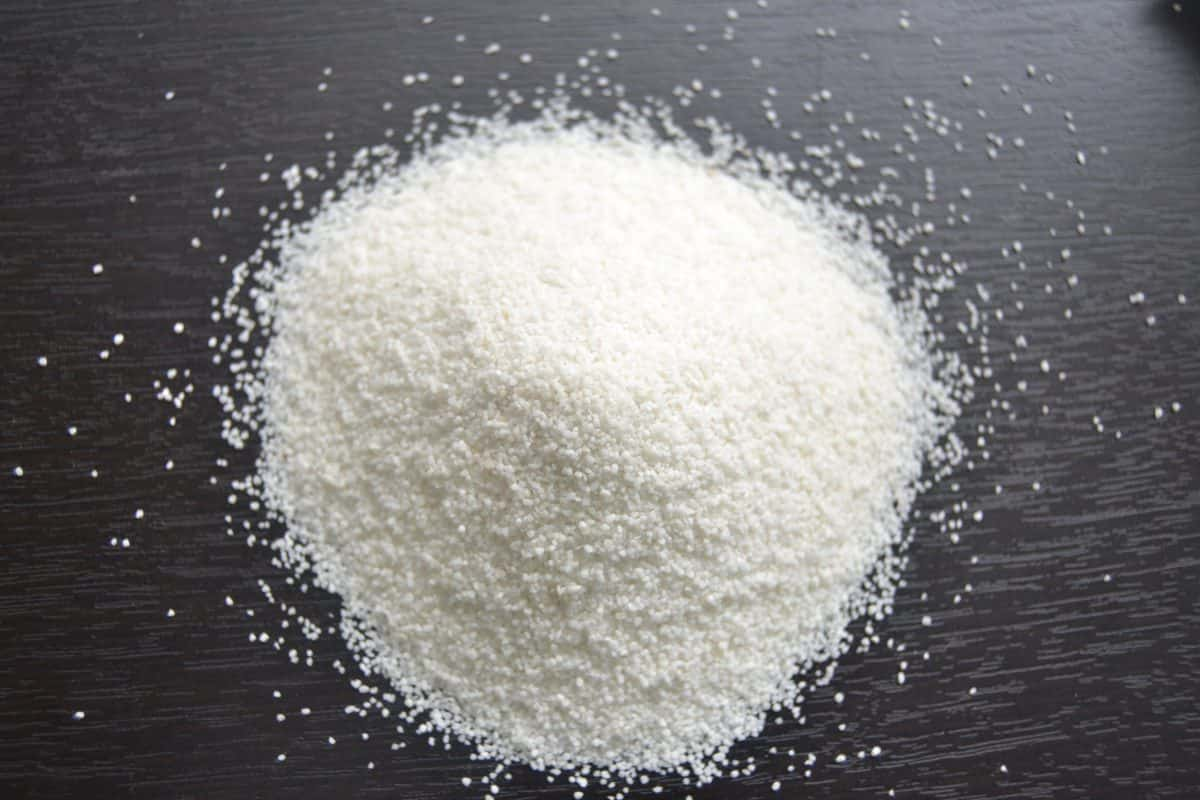 Flux Cored Arc Welding (FCAW) uses an outer metal sheath and a core containing flux and alloying components. The process of adding the flux to the wire is by using a metal strip and passing it through a set of rollers which form a U shape. The flux compound is then added to the strip and it is closed by another U shape roll to make the final flux cored wires. As with shielded metal arc welding electrodes the flux in the flux cored wire is made up of materials and alloys to protect the molten metal from contamination from the atmosphere by creating a shielding gas and a molten slag to cover and protect the weld. Submerged Arc Welding (SAW) uses two separate consumables, the solid wire electrode, and the flux. The wire is fed from a coil through the feeder into the weld and covered by the flux which is fed on top of the joint to be welded through a hopper. The arc is created under the granular flux hence the name submerged arc welding. Some of the flux is melted to create the slag which covers the weld pool and protects the molten metal from contamination from the atmosphere while the remainder of unmelted flux can be recovered and reused. The submerged arc welding process. The solid welding wire electrodes are classed by base metal compositions and the fluxes are made by dry mixing carefully proportioned quantities of materials such as silica sand, metal oxides, and amounts of halide salts. These materials are melted together at 1,500 to 1,700 degrees Celsius and then the molten material is chilled to cool. The product, when cooled, is ground and screened to certain particle sizes that form the granular flux for welding. Basic fluxes for SAW are made from elements such as Calcium, magnesium, sodium, potassium and manganese oxides, calcium carbonate, and calcium fluoride whilst silica, and alumina are the constituents of acid-based fluxes.
Flux Cored Arc Welding (FCAW) uses an outer metal sheath and a core containing flux and alloying components. The process of adding the flux to the wire is by using a metal strip and passing it through a set of rollers which form a U shape. The flux compound is then added to the strip and it is closed by another U shape roll to make the final flux cored wires. As with shielded metal arc welding electrodes the flux in the flux cored wire is made up of materials and alloys to protect the molten metal from contamination from the atmosphere by creating a shielding gas and a molten slag to cover and protect the weld. Submerged Arc Welding (SAW) uses two separate consumables, the solid wire electrode, and the flux. The wire is fed from a coil through the feeder into the weld and covered by the flux which is fed on top of the joint to be welded through a hopper. The arc is created under the granular flux hence the name submerged arc welding. Some of the flux is melted to create the slag which covers the weld pool and protects the molten metal from contamination from the atmosphere while the remainder of unmelted flux can be recovered and reused. The submerged arc welding process. The solid welding wire electrodes are classed by base metal compositions and the fluxes are made by dry mixing carefully proportioned quantities of materials such as silica sand, metal oxides, and amounts of halide salts. These materials are melted together at 1,500 to 1,700 degrees Celsius and then the molten material is chilled to cool. The product, when cooled, is ground and screened to certain particle sizes that form the granular flux for welding. Basic fluxes for SAW are made from elements such as Calcium, magnesium, sodium, potassium and manganese oxides, calcium carbonate, and calcium fluoride whilst silica, and alumina are the constituents of acid-based fluxes.  Submerged arc fluxes can be measured by their basicity index which is commonly used to describe the metallurgical behavior of welding flux. The basicity index is a ratio between basic and acid compounds (oxides and fluorides) of which the flux is composed. Welding fluxes can be divided into three groups:
Submerged arc fluxes can be measured by their basicity index which is commonly used to describe the metallurgical behavior of welding flux. The basicity index is a ratio between basic and acid compounds (oxides and fluorides) of which the flux is composed. Welding fluxes can be divided into three groups:
- Acid fluxes with a basicity index of <0.9
- Neutral fluxes with a basicity index of 0.9-1.2
- Basic fluxes with a basicity index of > 1.2
Basicity has a significant influence on weld metal properties, particularly on toughness. Increasing basicity brings down the oxygen content and hence the inclusion level in the weld metal and thus increases the toughness. Fluxes and their behavior are a complex science and the above is meant to provide an introduction only to the types of flux and how they are categorized between the welding processes that use them. Our brand's welding electrodes are authentic, constructed from materials of a high quality, and packaged in a manner that is suitable for both commercial and professional use. Clay, sodium oxide, and lime are some of the metals that are used in the production of our high-quality welding wire, which has also been appropriately coated. You can get in touch with us through the production departments and official agents of online markets if you want to get the most specialized and high-quality welding wire possible.
